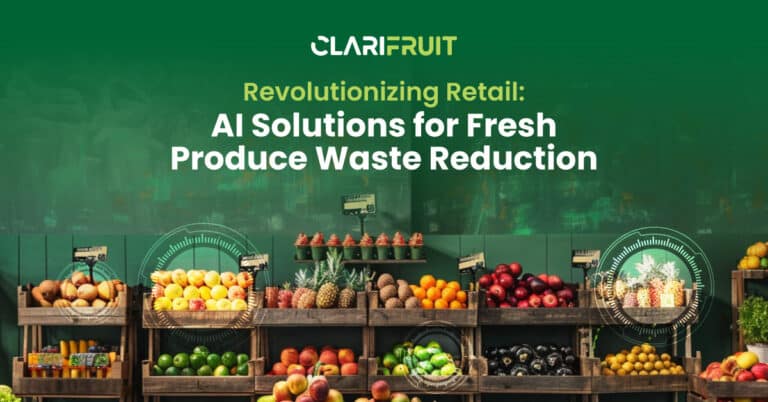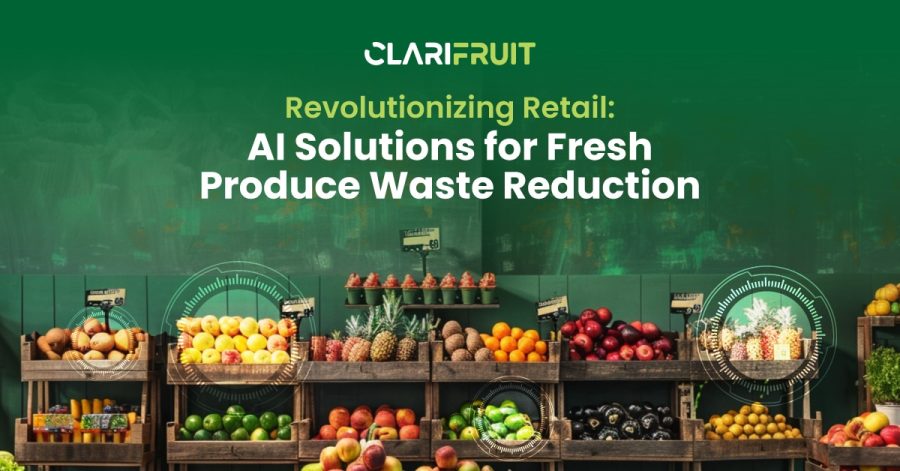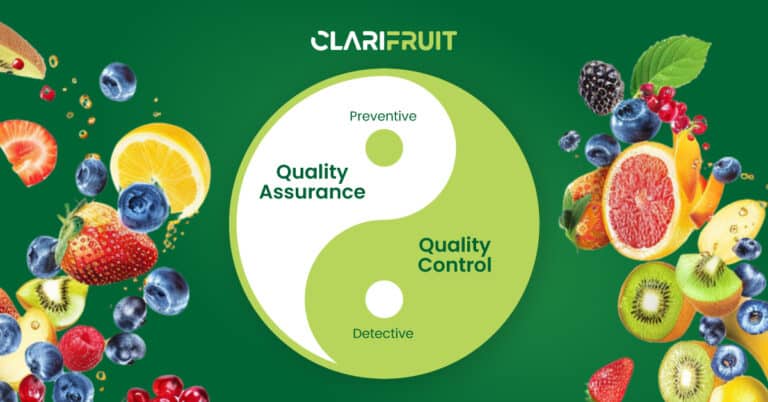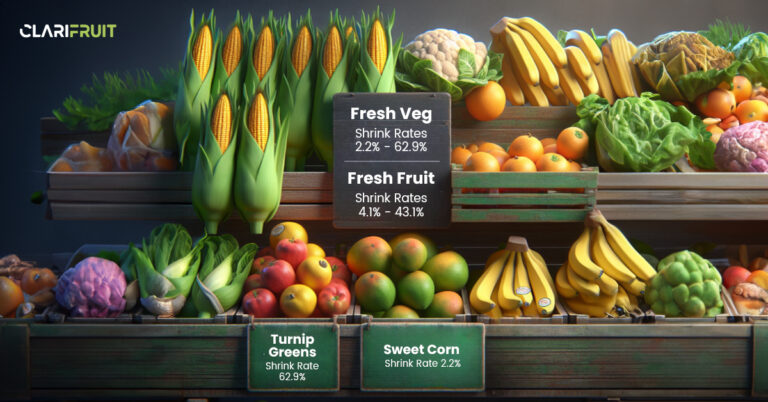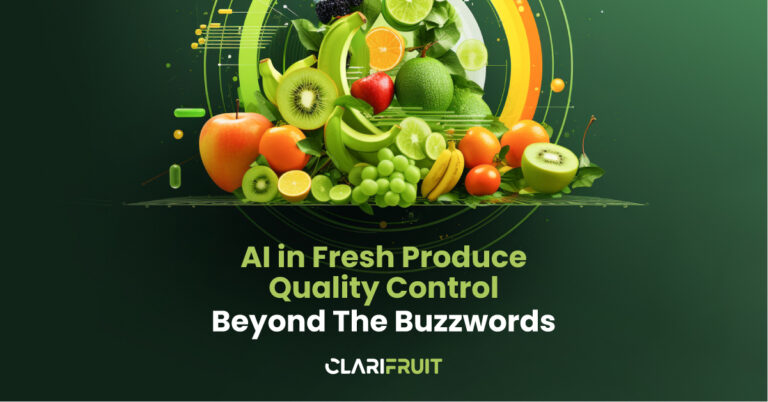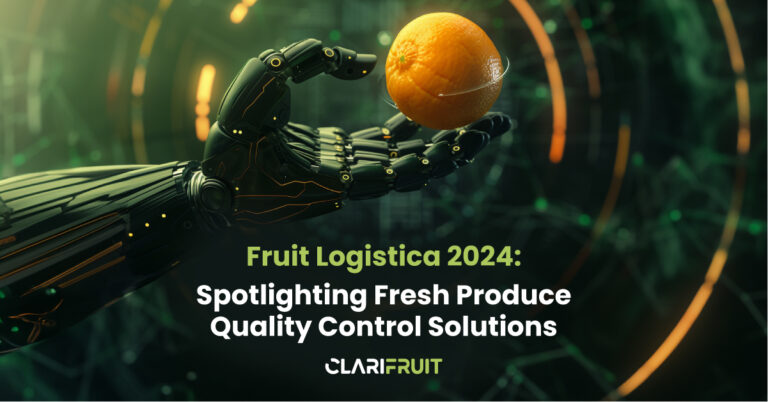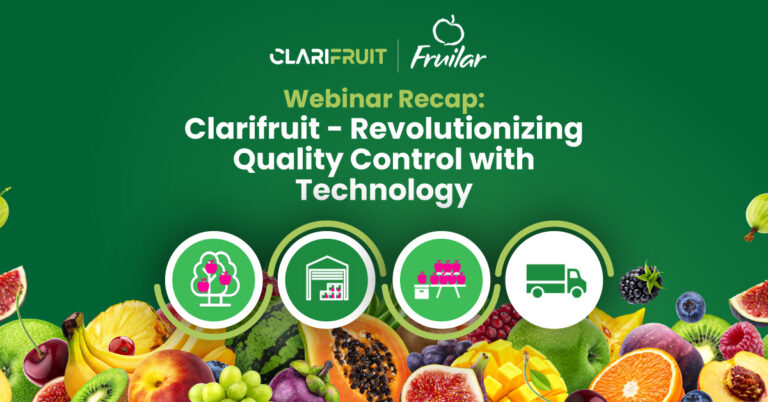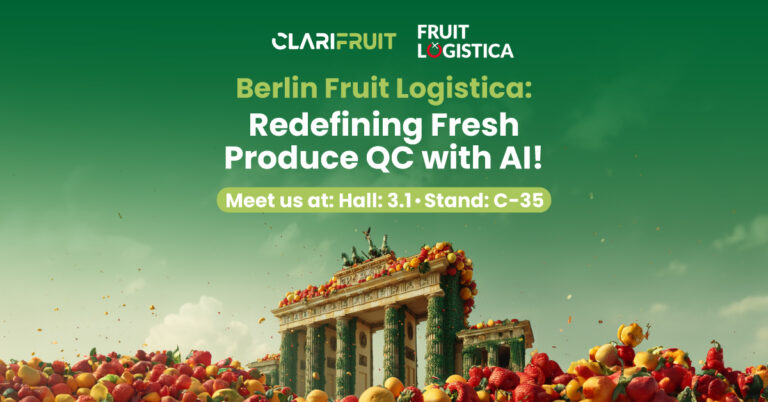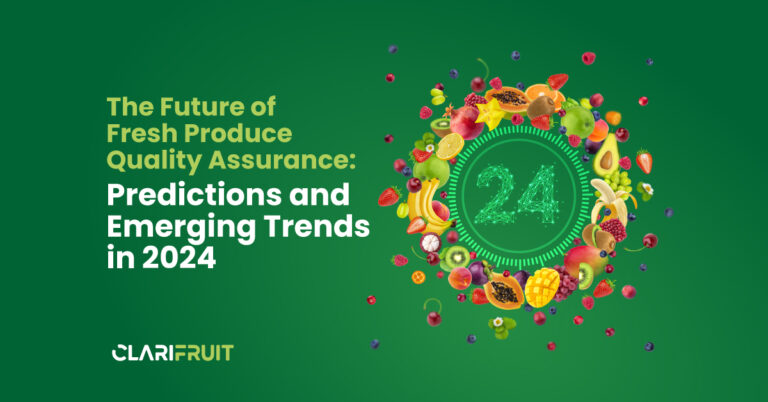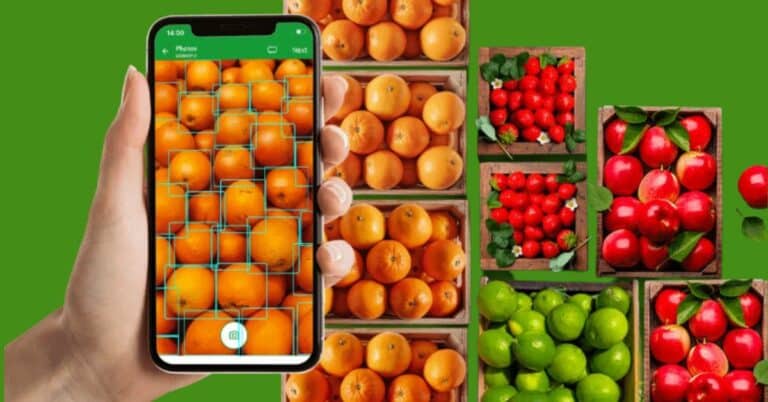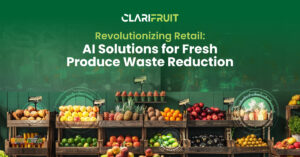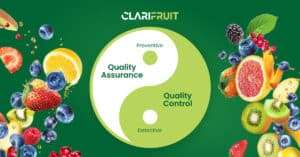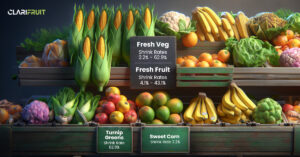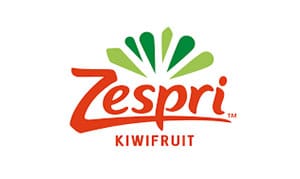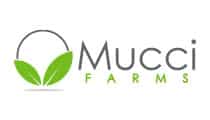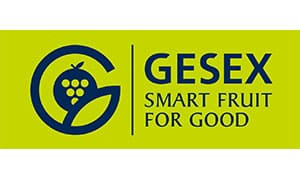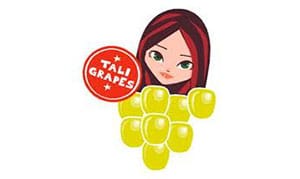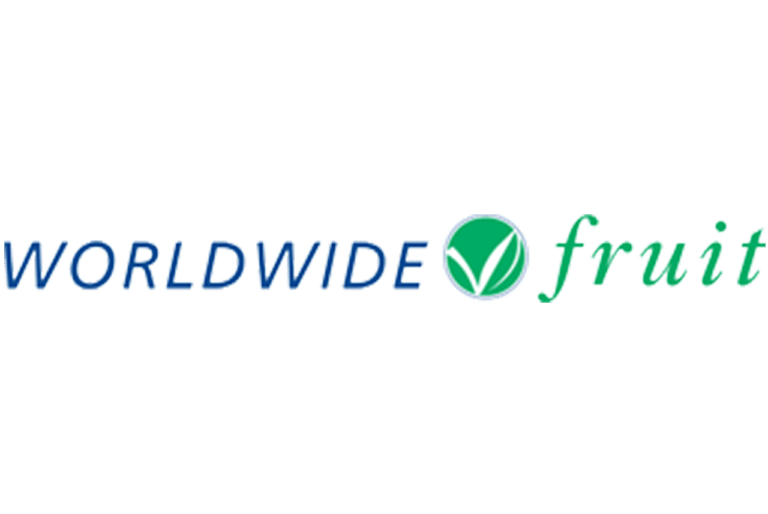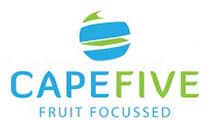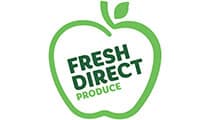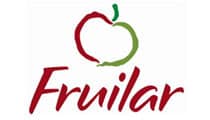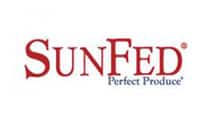With more than a third of the world’s fresh produce being wasted between farm and plate, retailers and producers are turning to AI to solve the problem.
Not only is the wasted produce not reaching an estimated 800 million people without food around the world, but the wasted produce also affects the bottom line of producers, wholesalers and retailers – costs that the retailers pay for or who are then passed onto the customer.
Retailers are bearing the brunt
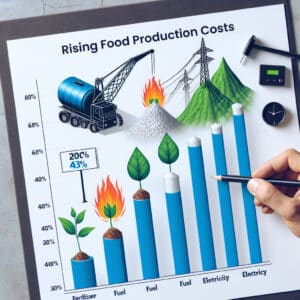
Retailers are also battling with waste. In America about 30% of food sent to retailers, which weighs about 16 billion pounds, is wasted. And this is another financial hit. Food wastage eats into a retailer’s profit margin. It also makes the retailers less competitive because they need to increase their prices. The fresh produce report says that the cost of food is constantly going up from 11% in Europe, 14% in North America to 23% in Africa.
Throwing “ugly food” away
Some of the wastage is attributed to a perceived quality management of the fresh produce industry is also a major contributor. But, it isn’t always because the produce is inedible – it’s often because it does not meet perfect cosmetic standards or known as “ugly” fruit and vegetable. Often this fresh produce is either left on the field, or thrown away.
AI as the solution
Many fresh produce producers have a wealth of data to prevent the wastage of food, but the greatest challenge is harnessing the power of this information in deriving actionable insight has been limited.
To reduce the financial burden of food wastage on producers who are being challenged by the mismatch between the price paid by the buyers and the quality they expect.
The solution is to update the way that quality control (QC) has traditionally been managed by producers and to update it using new technology that is available. The first step is to look at automation as a process to be used to collect data on the quality of produce. This is best followed by real-time data collection for business decisions by avoiding the subjective view of a QC director.
Standardization across the industry allows for an approach that allows for the value proposition to be upheld and interoperability of the systems used across the supply chain.
An example of success
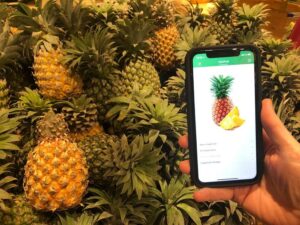
To achieve this target, it needed to look at the accuracy of QC to include digitisation, automation and the usage of its data.
Digitisation was to address QC processes at their facilities by reducing manual intervention and replacing them with digital processes to improve reliability and accuracy. Clarifruit’s solution automated the inspection process from a subjective process using the human eye, to the objective and more accurate AI-driven solution it offers.
And finally harnessing the power of its data for accurate insights where real-time business decisions could be made.
By instituting Clarifruit’s technology based solution that met the requirements of the three requirements set above, the business was able to cull time consuming manual work and allow its employees and other stakeholders to double their productivity.
Clarifruit’s technology has resulted in the increase of the sample size of inspections for QC personnel at Dole. The accuracy of the reports has improved with a significant decrease in errors. The central repository for data that now sits on a single cloud-based platform has opened channels for the various stakeholders to communicate more efficiently and the increased objectivity in the pineapple category has removed subjective human bias. Clarifruit’s cloud-based software has also played a significant role in upskilling the current management teams with the remote training facilities the technology facilitates.
For more information on how Dole Partners has benefitted from Clarifruit’s solution and how this may be of benefit to your business click here.
